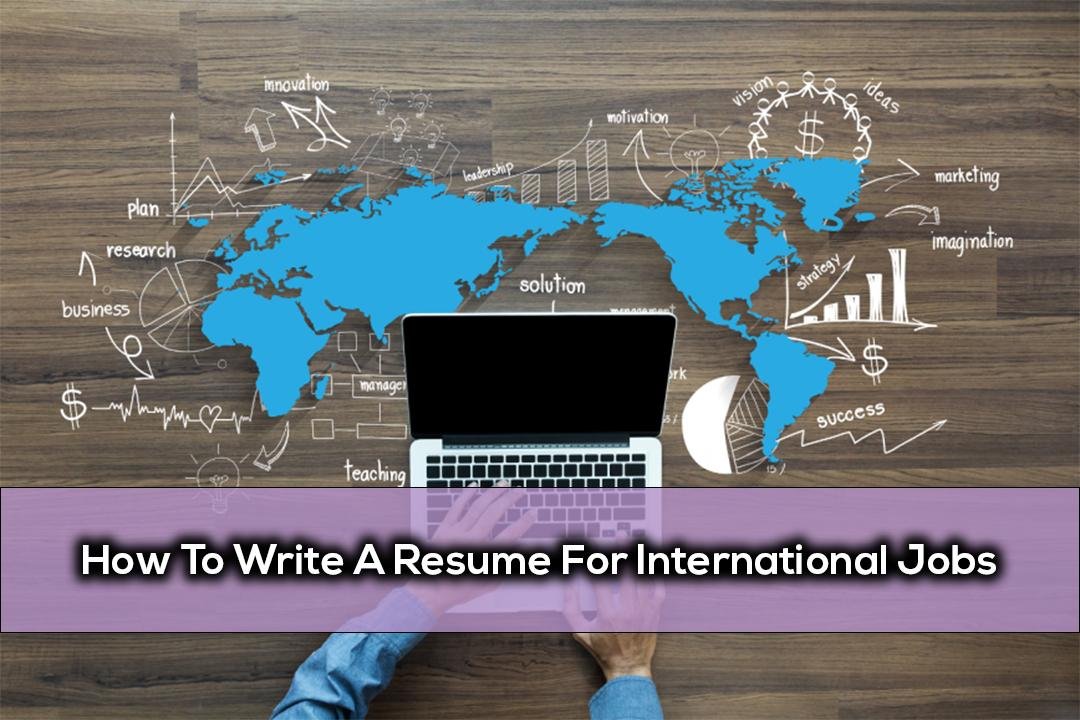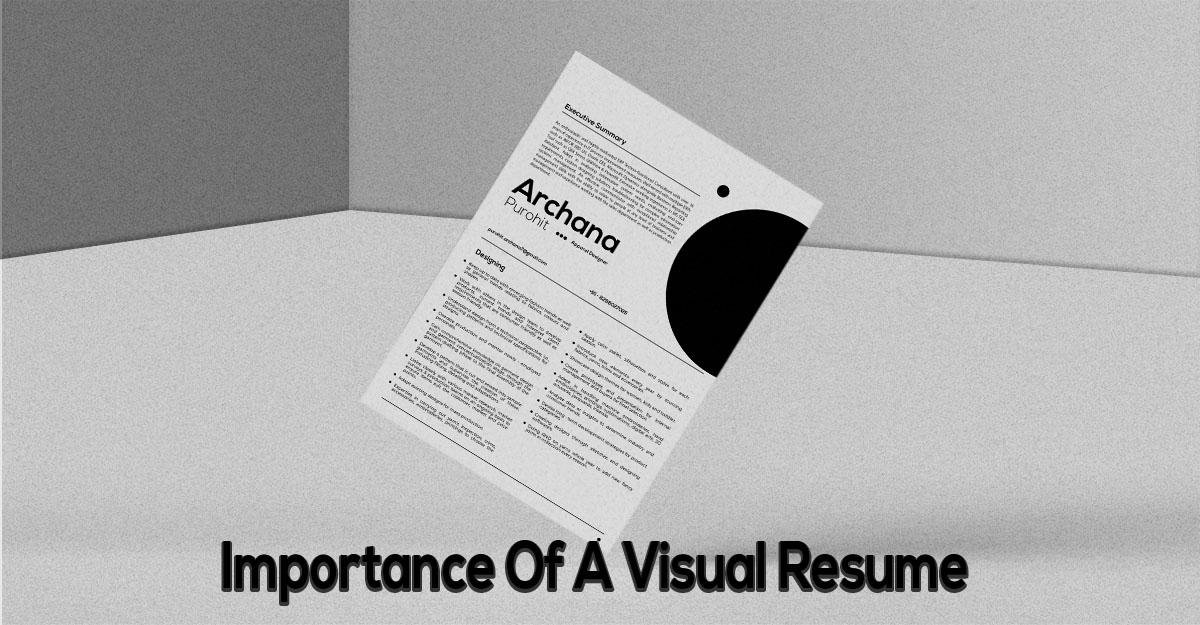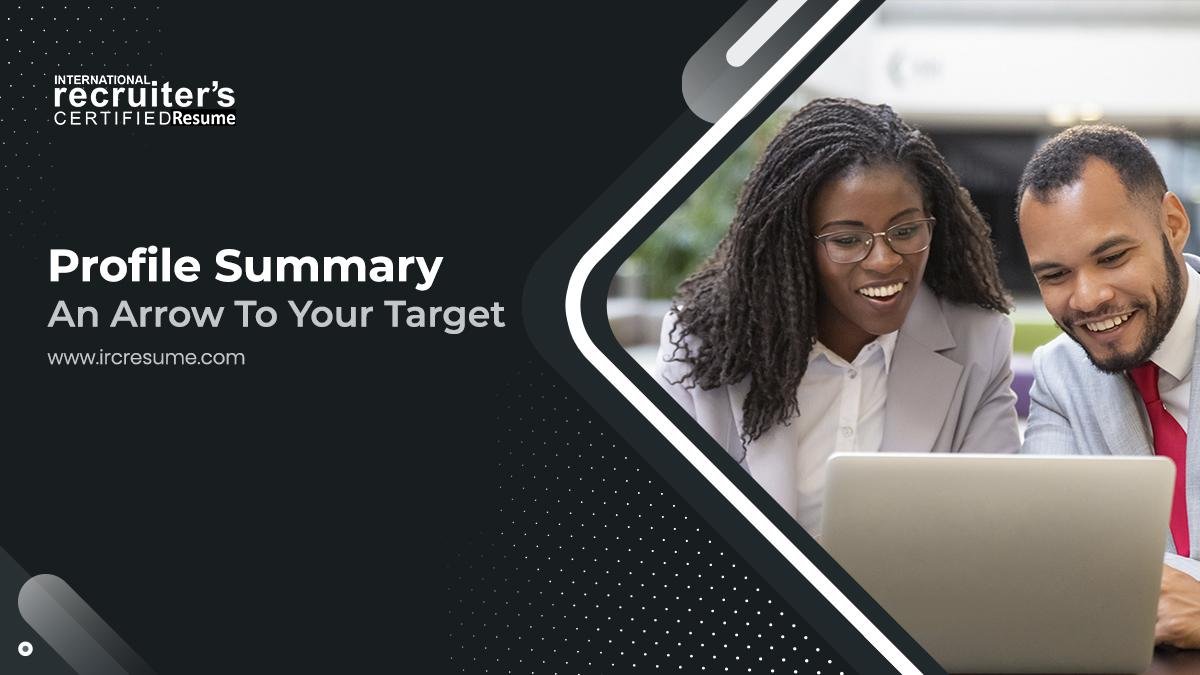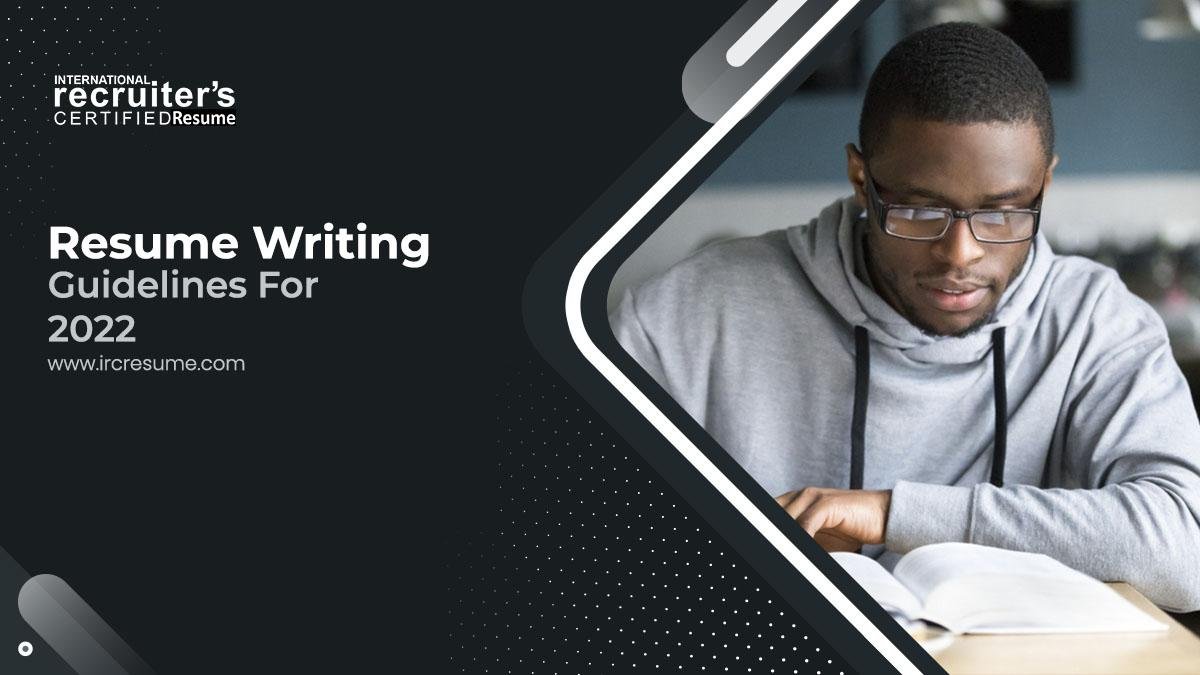Crafting a Resume for a UX Design Role: Tips for a User-Centric Portfolio
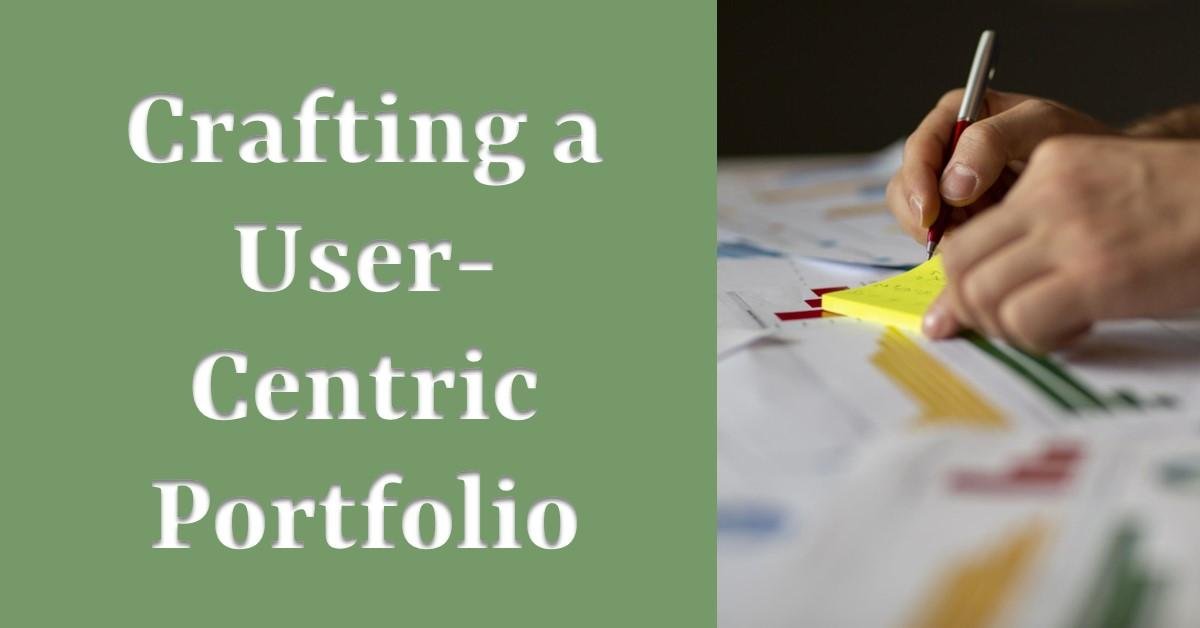
In the competitive field of UX design, your resume is more than just a list of your experiences and skills; it’s a demonstration of your ability to create a user-centric experience from the very first point of contact. Crafting a resume for a UX design role requires a blend of showcasing your technical expertise, design thinking, and user empathy. Here’s a comprehensive guide to help you create a standout resume that reflects your capabilities as a UX designer.
Understanding the Role of a UX Designer
Before diving into resume specifics, it’s crucial to understand what employers look for in a UX designer. UX design focuses on creating products that provide meaningful and relevant experiences to users. This involves aspects of branding, design, usability, and function. Your resume should reflect your proficiency in these areas, demonstrating your ability to improve user satisfaction through utility, ease of use, and pleasure provided in the interaction with a product.
Structuring Your UX Design Resume
A well-structured resume guides the recruiter through your professional journey seamlessly. Here’s how to structure it effectively:
1. Contact Information
Ensure your contact information is clearly visible at the top of your resume. Include your full name, phone number, email address, LinkedIn profile, and portfolio link. Your portfolio is crucial as it provides a deeper insight into your design capabilities and thought process.
2. Professional Summary
Your professional summary is your elevator pitch. In two to three sentences, highlight your years of experience, key skills, and what makes you a unique candidate. This section should capture the essence of your career and entice the recruiter to read further.
Example:
“Experienced UX designer with over 5 years of crafting user-centric digital experiences. Skilled in user research, wireframing, prototyping, and usability testing. Passionate about creating intuitive designs that enhance user satisfaction and engagement.”
3. Skills
List your key skills relevant to UX design. This can include technical skills (e.g., proficiency in design software like Sketch, Figma, Adobe XD), research skills (e.g., user interviews, surveys, usability testing), and soft skills (e.g., communication, problem-solving, collaboration).
4. Professional Experience
Your work experience section should showcase your career trajectory and the impact you’ve made in previous roles. Use the STAR (Situation, Task, Action, Result) method to frame your accomplishments.
Example:
Senior UX Designer
XYZ Company, June 2019 – Present
- Led the design and implementation of a new e-commerce platform, resulting in a 30% increase in user engagement and a 20% increase in sales.
- Conducted user research, including interviews and usability tests, to identify pain points and improve the overall user experience.
- Collaborated with cross-functional teams including developers and product managers to ensure the seamless integration of new features.
5. Education
List your educational background, including degrees, institutions, and graduation dates. If you have relevant certifications or have attended noteworthy workshops, include these as well.
6. Projects
Highlight significant projects that demonstrate your skills and achievements. Provide context, your role, the challenges faced, and the results. Projects give insight into your practical experience and problem-solving abilities.
7. Portfolio
While you’ll include a link to your portfolio in your contact information, you can also mention specific projects within your resume to draw attention to your best work. Ensure your portfolio is easy to navigate and showcases a variety of projects that highlight different aspects of your design skills.
Tips for Creating a User-Centric Resume
Creating a resume for a UX design role isn’t just about listing your experiences; it’s about demonstrating your design philosophy. Here are some tips to keep in mind:
1. Tailor Your Resume to the Job Description
Analyze the job description and tailor your resume to match the key requirements. Use similar language and emphasize the skills and experiences that align with the job you’re applying for.
2. Highlight Your Process
Employers want to understand how you approach problems and develop solutions. Highlight your design process, from research and ideation to prototyping and testing. This demonstrates your ability to think critically and design effectively.
3. Quantify Your Achievements
Whenever possible, use numbers to quantify your impact. This could be an increase in user engagement, a reduction in bounce rates, or improvements in usability metrics. Quantifiable achievements provide concrete evidence of your skills.
4. Use a Clean, Professional Layout
Your resume should reflect your design sensibilities. Use a clean, professional layout with ample white space, clear headings, and consistent formatting. Avoid overloading your resume with graphics; simplicity and readability are key.
5. Include Relevant Keywords
Many companies use applicant tracking systems (ATS) to filter resumes. Including relevant keywords from the job description can help ensure your resume gets past these systems.
Final Checks Before Submission
Before submitting your resume, review it thoroughly:
-
Proofread for Errors:
Spelling and grammar mistakes can undermine your professionalism. -
Consistency:
Ensure formatting, fonts, and styles are consistent throughout the document. -
Relevance:
Remove any outdated or irrelevant information. -
Feedback:
Ask a peer or mentor to review your resume and provide feedback.
By focusing on these aspects, you can create a resume that not only lists your qualifications but also showcases your ability to design user-centric experiences.
To further enhance your chances of landing your dream UX design role, consider professional resume writing services. At IRC Resume, we specialize in crafting tailored resumes that highlight your strengths and align with industry standards. Let us help you present your skills and experience in the best possible light, giving you the edge you need in a competitive job market.
Remember, your resume is your first impression—make it count with a user-centric approach that truly reflects your design expertise.
